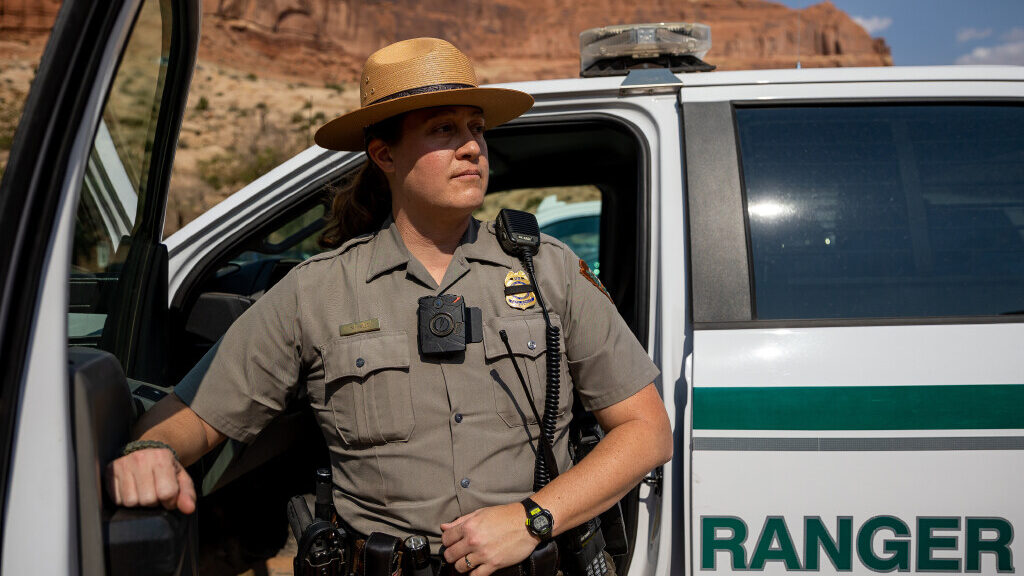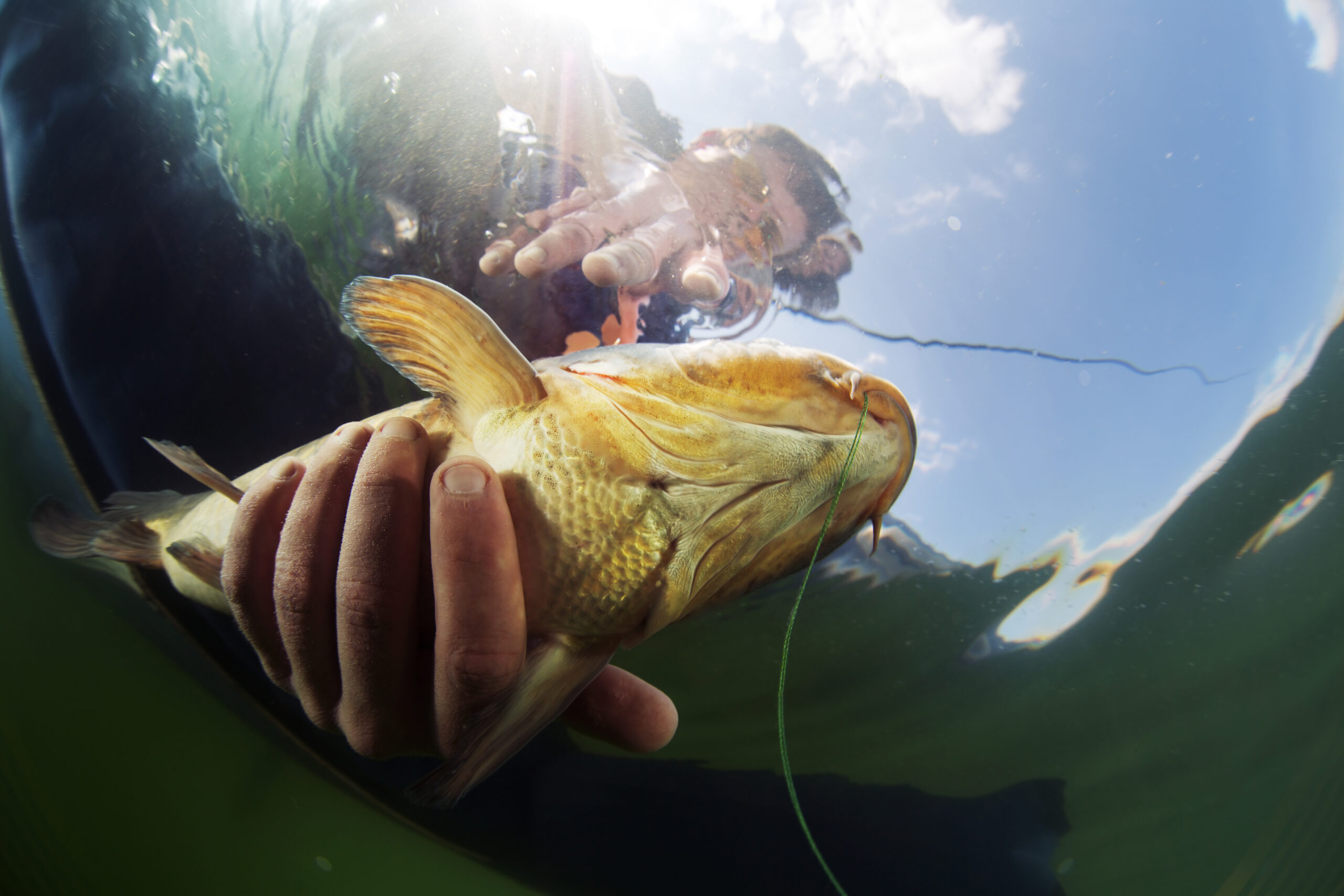Rare Utah butterfly lands on list of species at risk of extinction
Feb 26, 2024, 6:19 AM | Updated: 7:06 am

The top and underside of a female silverspot butterfly. The butterfly, found in Utah, will fly its way to the U.S. list of threatened species under the Endangered Species Act next month. (Robb Hannawacker via Utah State University)
(Robb Hannawacker via Utah State University)
SALT LAKE CITY — A rare butterfly found in Utah and neighboring states will land on the U.S. list of “threatened” species under the Endangered Species Act next month.
The subspecies of the silverspot butterfly, or Nokomis fritillary, named for its silver-white spots on the undersides of its wings, calls eastern Utah, northern New Mexico and southwestern Colorado its home. The subspecies, Speyeria nokomis nokomis, lives in elevations ranging from 5,200 to 8,300 feet, according to federal wildlife managers.
“While the silverspot butterfly is not in immediate danger of extinction, the best available scientific information indicates that it is likely in danger of extinction in the foreseeable future,” the Department of the Interior’s Fish and Wildlife Service said in a statement announcing the designation that takes effect March 18.
Why the butterfly needs protection
Amanda Barth, Rare Insect Conservation Project leader at Utah State University’s Quinney College of Natural Resources, noted the petition to list the subspecies as threatened was submitted to the Fish and Wildlife Service more than 10 years ago “and the circumstances facing the butterfly’s habitat have only gotten worse.”
“Functionally, a listing is the last resort, or safety net, for species conservation in the absence of other conservation actions (and there have been nearly none). A recovery plan with a future de-listing is the ideal path forward from here,” she said.
She said she believes the federal agency made the correct decision “based on the population trends, distribution and threats facing the silverspot.”
The Rare Insect Conservation Program worked with federal agencies to evaluate the butterfly’s habitat locations and quality in Utah, Barth said, and will continue to work to determine habitat restoration opportunities and monitoring.
Continue reading on KSL.com.













